I'll focus my answer on transmission alone, without explaining why 3 phase is useful in general because other answers did that.
Transmission of power is a compromise. A compromise between transmission efficiency and ease of conversion. The most efficient way of transmitting electric power is DC. This is why most superlong lines are HVDC (high voltage direct current). However, DC is the worst for converting it to HV when you want to send it from power station, and back to LV when you want to feed it to consumers.
AC on the other hand is very convenient to convert - just put a transformer. However the transmission sucks. Eg. AC radiates some of the energy away, but that's not the main concern. If you look at sinusoidal graph, you'll realize that AC wire doesn't actually work 100% of the time. While DC cable carries useful current all the time (one can think of DC as 100% duty cycle PWM), AC cable carries current only part of the time. This means that for the same peak voltage (which dictates cost of insulating the line) and for the same peak current (which dictates size and cost of conductors), AC can transmit only part of the power.
Here comes the idea of multi-phase. Of course multi-phase alone doesn't mean a thing, you can have 3 phases on 6 conductors (3 pairs completely independent of each other). The key here is sharing of the wires between phases. It's like a hot bunk on a warship - 2 seamen share 1 bunk, when one guy awakes and starts his shift, the other ends his shift and goes to sleep. The point is to not have an empty bunk just wasting space, and 3-phase AC works on the same concept: in the time when one phase "rests", another phase is re-using one of it's wires to transmit own current. It's not clear at first sight because it's very fluid, one falling towards 0 while the others rise, and there never is a time when one phase as a wire all to itself. But the point is to re-use the idle time of the wires.
Why 3? Because 2 is too small, you can't have 2 phases on 2 wires. 3 is the minimum number of phases that can share all the wires. Why offset? Because one phase on X conductors is same thing as 1 conductor X times thicker.
When you compare the 3 phase system to a 1 phase system, you can clearly see that with adding just 50% more wires you get 3 times more current.
3-phase transmission uses the wires TWICE as effectively as 1-phase.
So you can use half as much copper when building the line.


